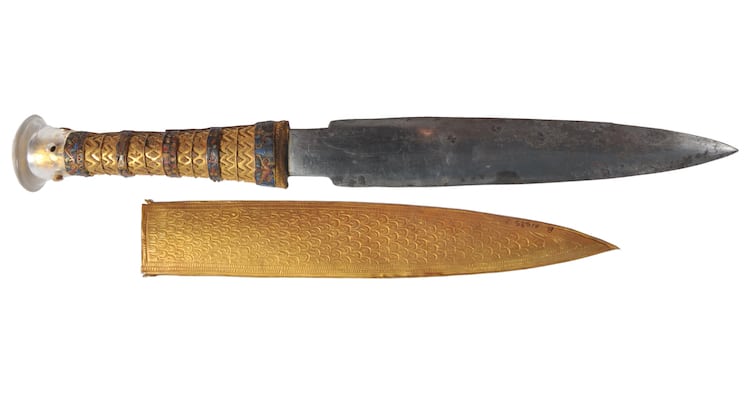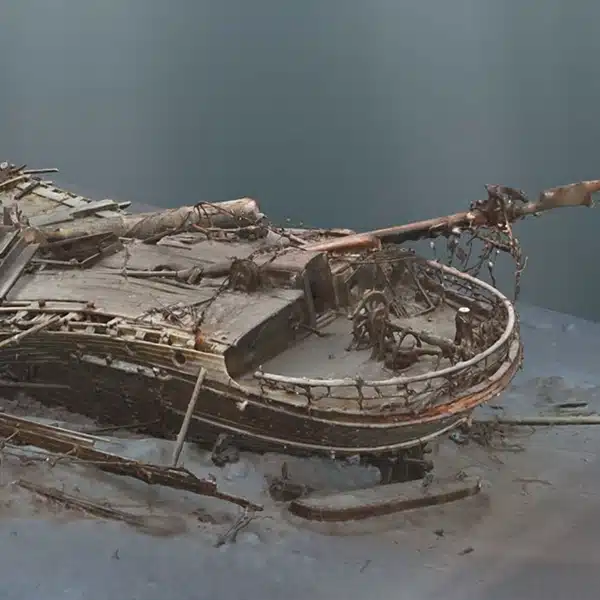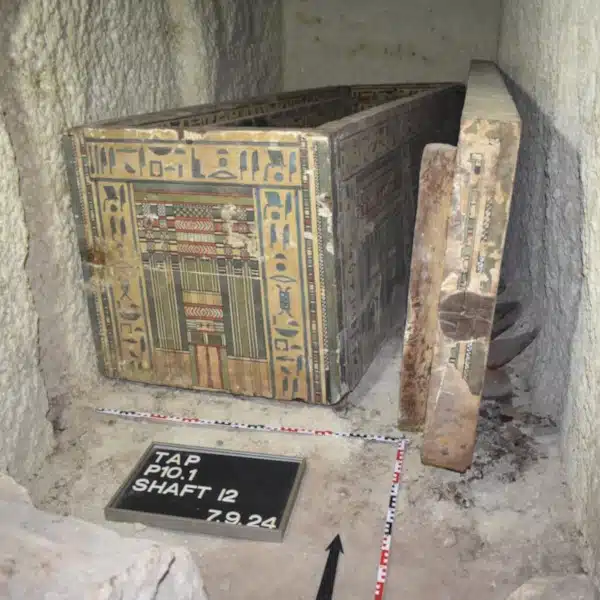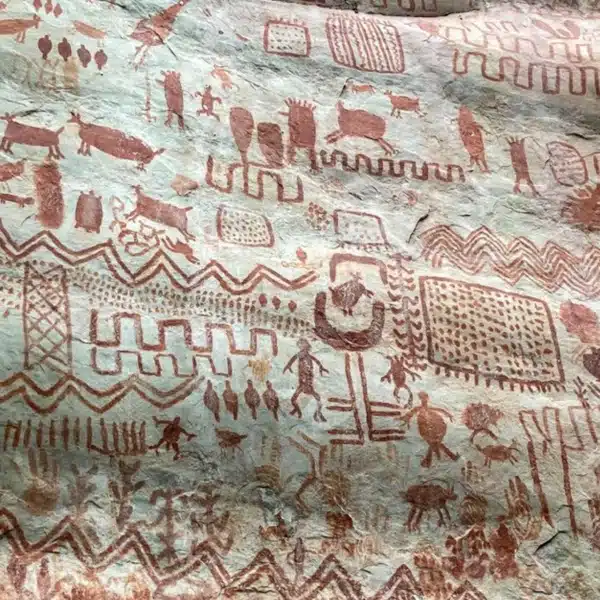
Photo: Stock Photos from Sean M Smith/Shutterstock
Since his tomb was discovered in 1922, King Tut has caused a sensation. Also known as the boy king, Tutankhamun ascended to the throne at just eight or nine years old. He ruled for nine years, but it's really in death that he made his mark. The young pharaoh's tomb has perhaps taught the public more about ancient Egypt than any other discovery and one object (his dagger) found among the riches has origins that are out of this world.
King Tut's dagger was unearthed in 1925 during the excavation of the tomb. Measuring a little over a foot long, the iron blade is set into a gold handle. Ornate in and of itself, what makes the dagger particularly special is the origins of the iron used to make the blade. Using x-ray analysis, it was determined that the blade is made of iron mixed with traces of nickel and cobalt. This combination of materials points to one source—an iron meteorite.
Since the 1960s it had been thought that the dagger was forged from iron meteorite. To put things in perspective, during King Tut's time, iron smelting was quite rare. In fact, it was so rare that iron objects held more value than gold and were only used for artistic, ornamental, gift-giving, or ceremonial reasons. The ornate nature of the dagger compared to other rudimentary iron objects found in the tomb have left scholars to hypothesize that it was a gift from a neighboring territory. Now, the researchers just needed to discover where the iron was sourced from.

Photo: Daniela Comelli et al.
In 2016, researchers published a study that definitively determined the composition and origins of this space-age material. They conducted their own x-rays using a cutting-edge technology called x-ray fluorescence spectroscopy to confirm the makeup of the dagger. Then, in order to figure out what meteorite was used, they looked at the historical records of meteorite sites within the radius of King Tut's empire.
After narrowing the list to just 20 sites, they used the precise composition of the dagger to target the specific meteorite. What they landed on was the Kharga meteorite, which was discovered in the year 2000 on a limestone plateau in a seaport west of Alexandria. It's incredible to think that the ancient Egyptians would have seen the meteorite fall and trekked the necessary distance to harvest this precious material.

Iron Meteorite. (Photo: Stock Photos from Pavel Gabzdyl/Shutterstock)
h/t: [IFL Science!]
Related Articles:
Archaeologists Unearth Dozens of 2,500-Year-Old Coffins in Egypt
This Virtual Tour Takes You Inside an Ancient Egyptian Pharaoh’s Tomb
Ancient Egyptian Mummy Has Sophisticated Pattern Woven Around Head
3,500-Year-Old Unfinished Obelisk Reveals Incredible Engineering of Ancient Egypt






















































































